In the polishing process, the precision of the robot cannot be achieved manually, consistent polishing pressure, and consistent polishing curve. Robotic polishing and grinding equipment can work continuously for a long time, shorten the production cycle, and the production efficiency is 3-30 times that of manual work.
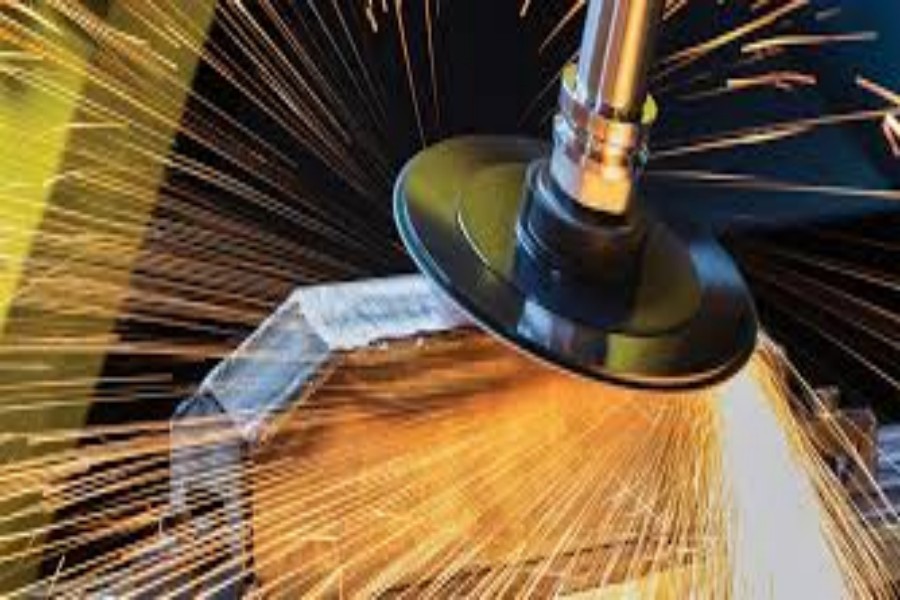
Lamp hardware combines aesthetics and function across home and commercial lighting. From brushed bases to polished shades, surface finish shapes durability and appeal.
Kingstone Robotics delivers robotic grinding, polishing, and buffing systems for lamp components—handling complex curves and materials with precision, consistency, and reduced manual labor.
A lamp’s appearance is one of its most important selling features. Consumers expect refined surfaces, fingerprint-free textures, and uniform finishes—regardless of whether the fixture is chrome, matte, brass, or powder-coated. Achieving this consistently requires high-precision finishing at every stage. Automation ensures efficiency, control, and the ability to meet the demands of modern lighting aesthetics.
Polishing enhances the surface shine, clarity, and smoothness of lamp components. It’s used to create reflective or brushed textures on visible parts such as ceiling spotlights, floor lamp bases, and pendant housings. Polished finishes also improve coating adhesion and corrosion resistance.
Grinding is a surface treatment process that removes casting seams, imperfections, or surface texture inconsistencies. In lamp manufacturing, it’s commonly used to define fixture geometries, prepare surfaces for final polishing, or ensure consistency in the curved or flat parts of lamp hardware.
Deburring removes sharp edges, leftover flash, or micro-protrusions from stamped or cast parts. These burrs can impact paint adhesion, safety, and visual appeal. In lighting components, especially those handled or assembled by end users, deburring ensures a smooth and safe surface.
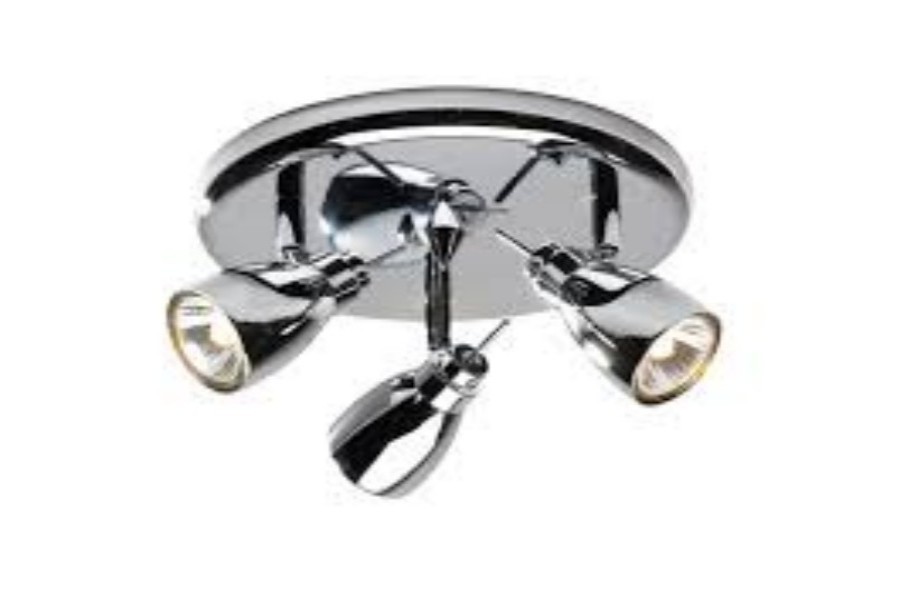
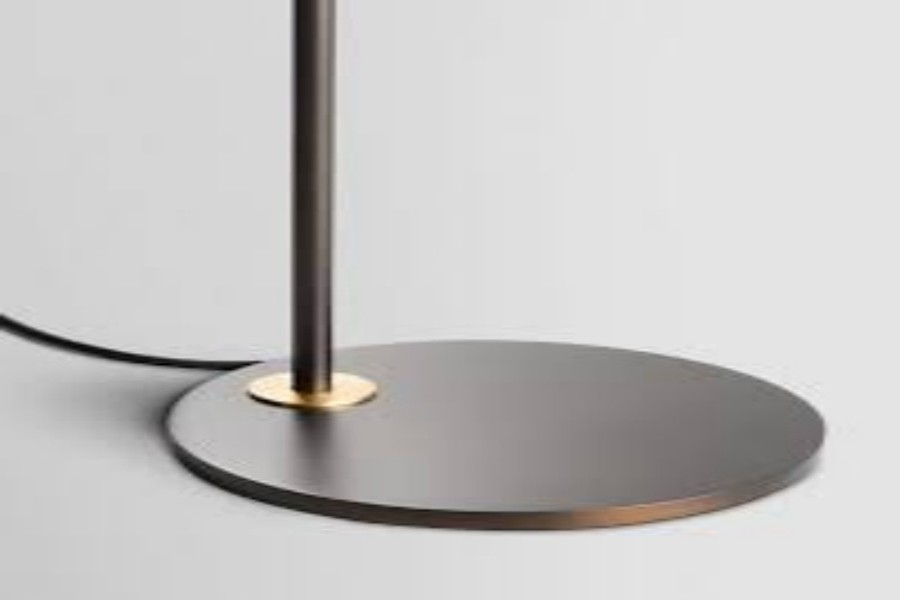
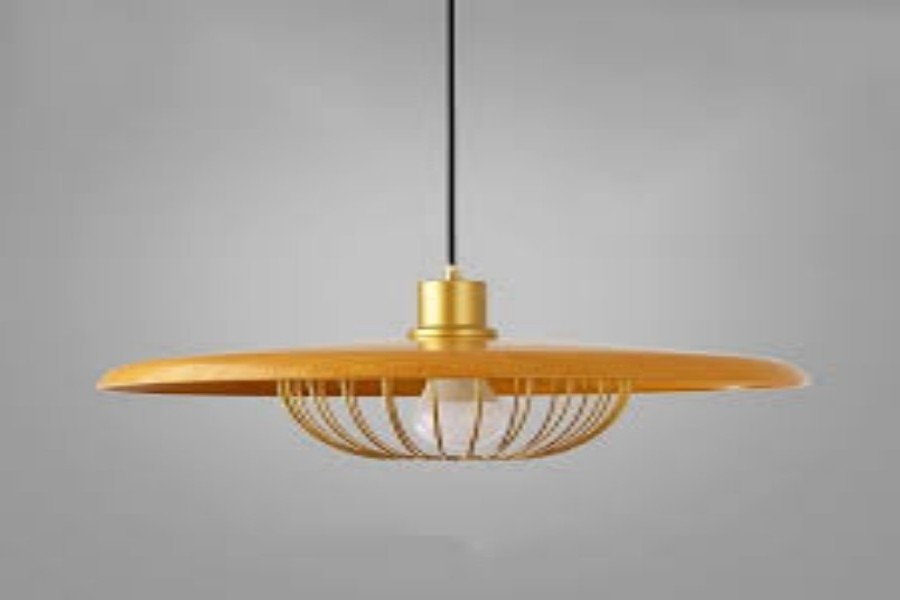
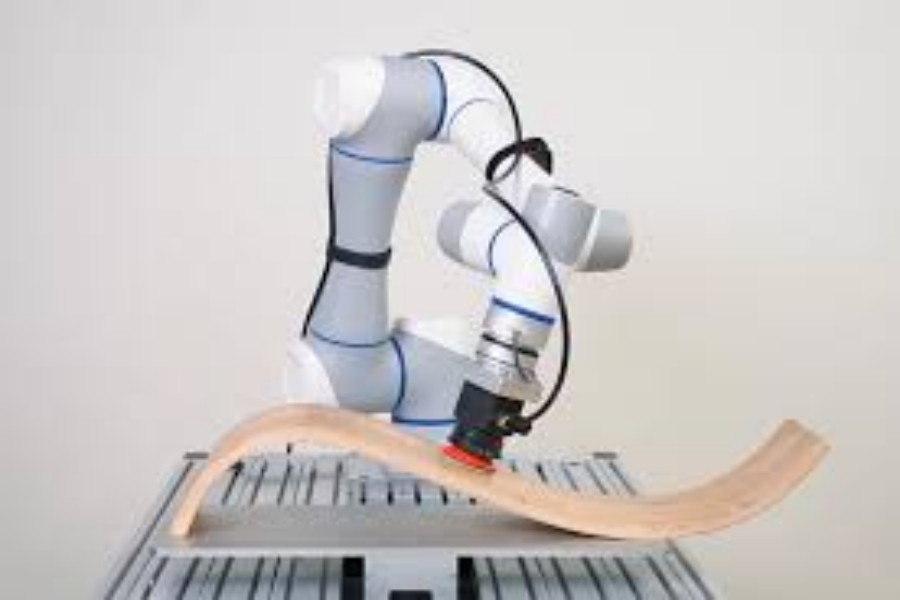
Creates consistent, showroom-quality finishes on lamp bodies, bases, and housings. Supports glossy, satin, or custom texture requests with repeatable results.

Shapes fixtures before plating or powder coating, removing surface marks or irregularities caused by casting or bending processes.

Eliminates sharp edges and ensures end-user safety, especially in exposed components like hanging shades, lamp collars, or spotlight rings.
Manual surface finishing processes are labor-intensive, time-consuming, and prone to inconsistencies. Automation addresses these challenges by providing:
Visual consistency is key in lighting hardware, especially for collections or retail sets. Robotic systems apply the same pressure, path, and polishing cycle across batches—achieving uniform gloss, texture, and geometry.
Valuable for:
Lamp parts often feature surface effects like brushed metal, matte grain, or high gloss. Robotic systems can switch tools or paths to achieve multiple finish types without changing operators or equipment.
Applicable to:
Manual polishing and grinding involve noise, dust, and vibration. Kingstone’s enclosed robotic systems reduce operator strain and exposure while increasing productivity.
Ideal for:
Automation enables simultaneous processing of multiple parts and ensures perfect path tracking on every cycle. Robots adapt to part orientation and material response in real time.
Perfect for:
Whether your components are powder-coated, lacquered, anodised, or painted, a clean and uniform pre-finish is essential. Robotic polishing improves downstream quality and reduces coating failures or rework.
Supports:
Lamp hardware often includes curved domes, intricate brackets, and mixed-material assemblies. Automated finishing systems equipped with multi-axis robots and adaptive tooling can accurately process irregular shapes and recessed areas that are difficult or inconsistent to reach manually—ensuring a flawless finish regardless of part complexity.
Suitable for:
• Pendant lamp shades with internal and external contours
• Ornamental arms and fixtures with deep curves or edges
• Bespoke or artisan-inspired lighting designs requiring precision detailing
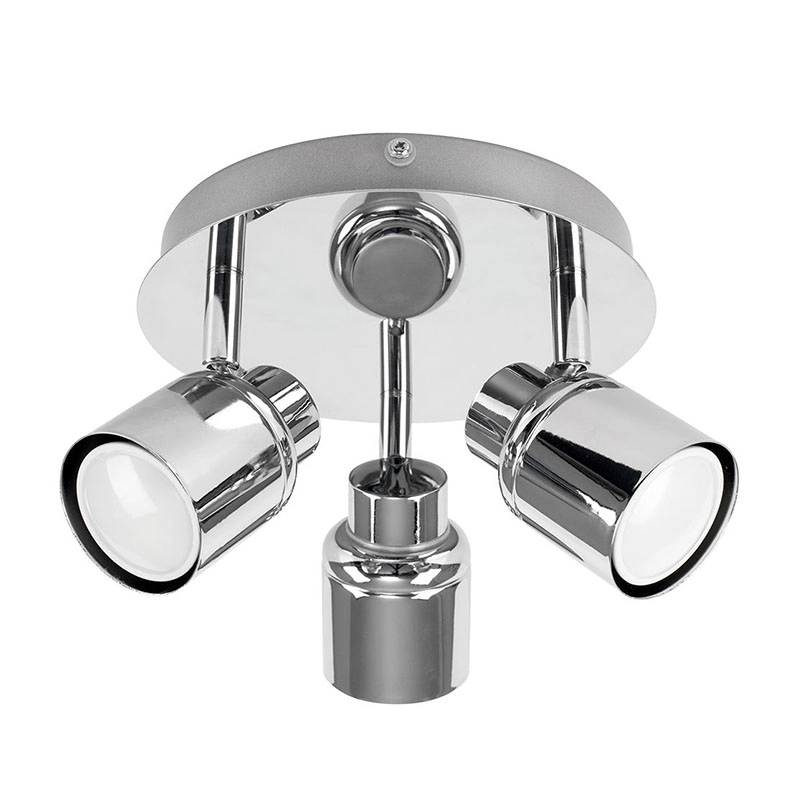
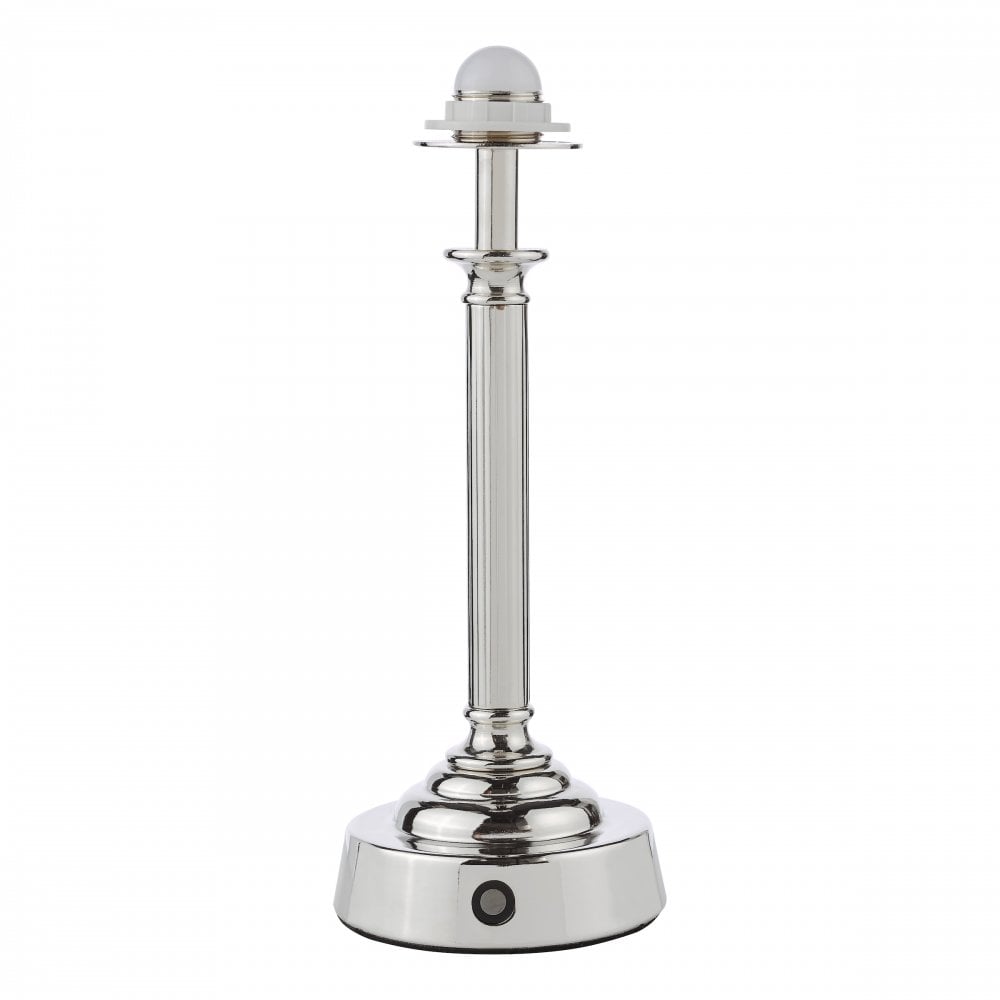
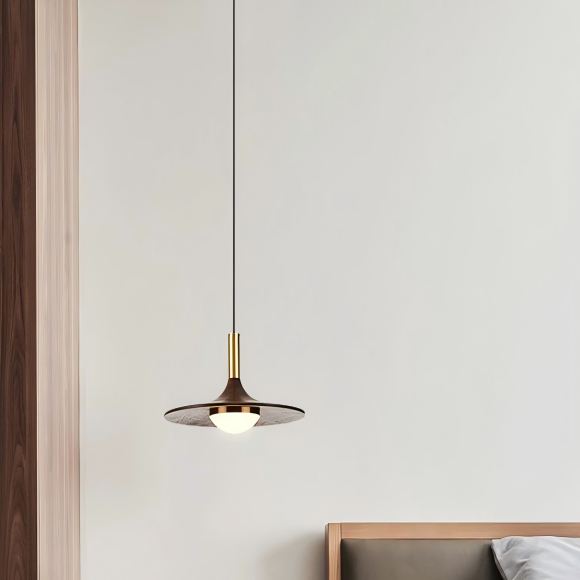
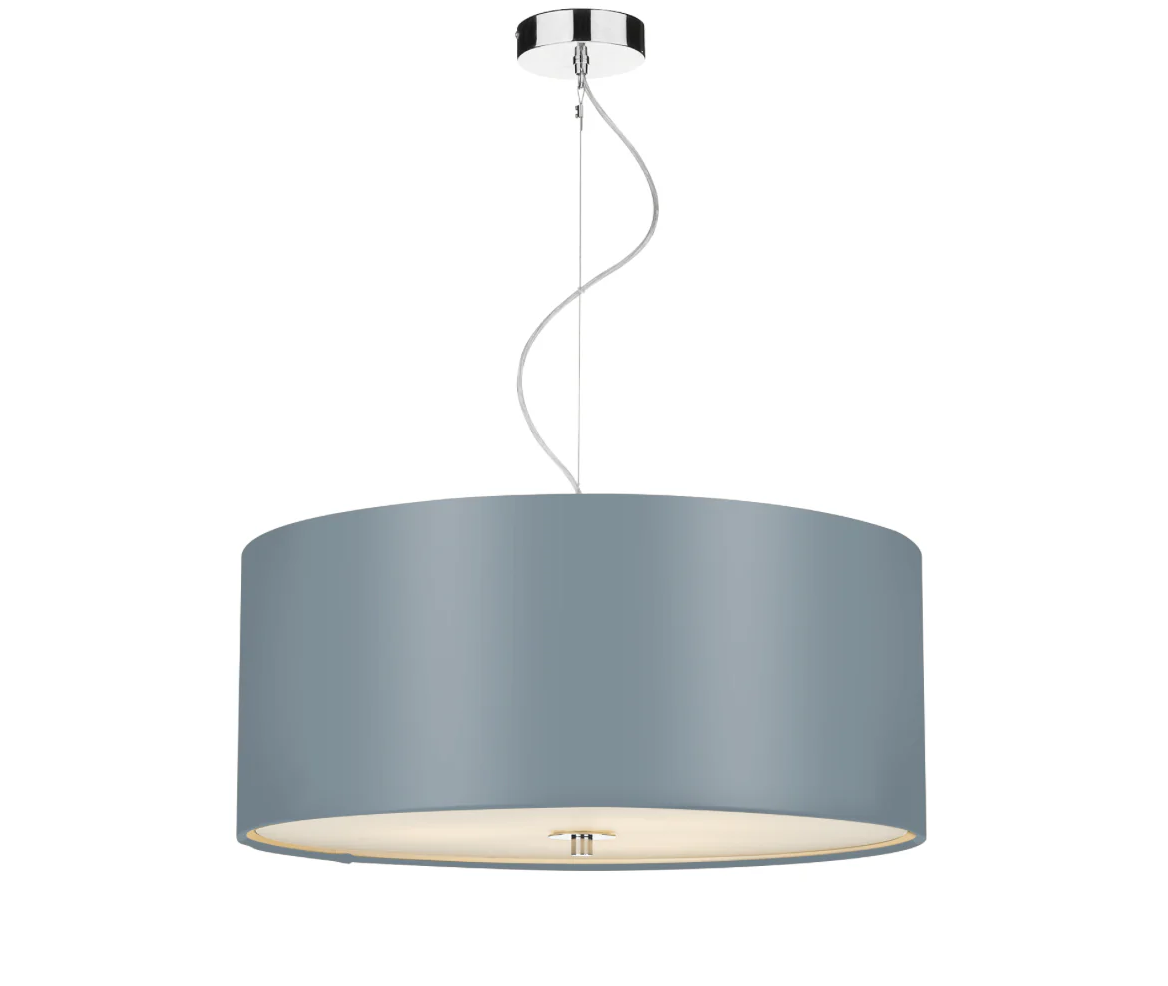
Backed by decades of experience and partnerships with leading global brands.

We use cookies to collect information about how you use this site. We use this information to make the website work as well as possible and improve our services.